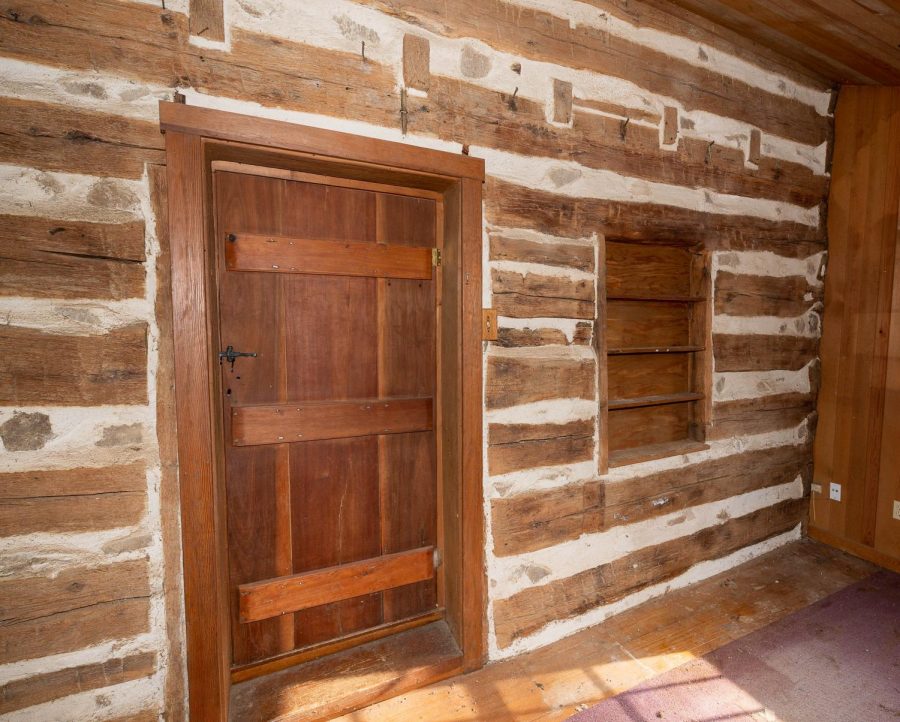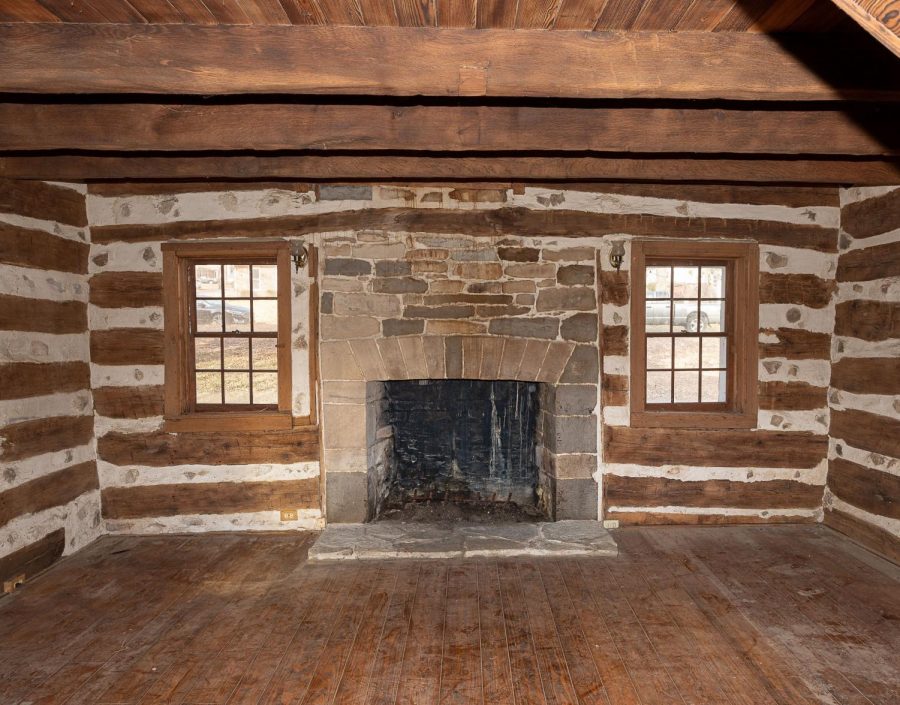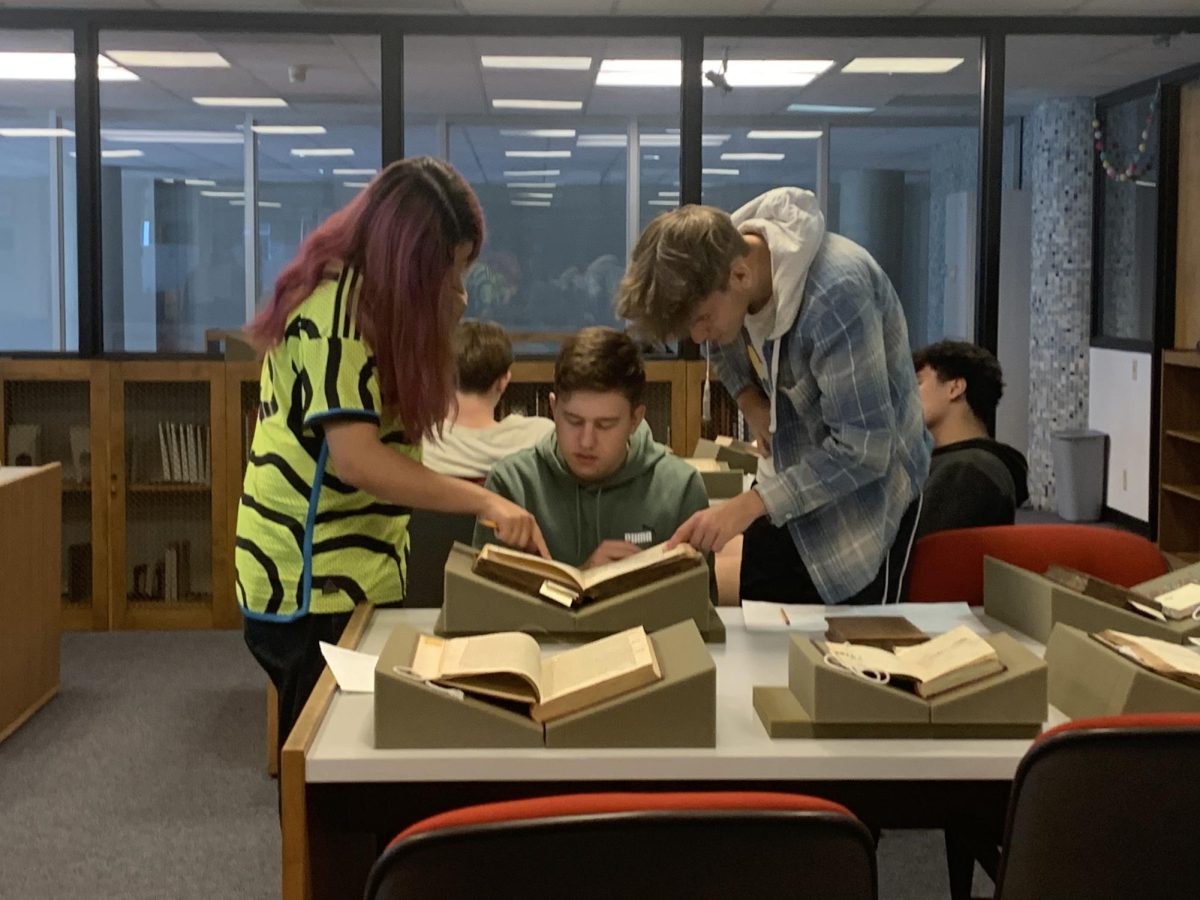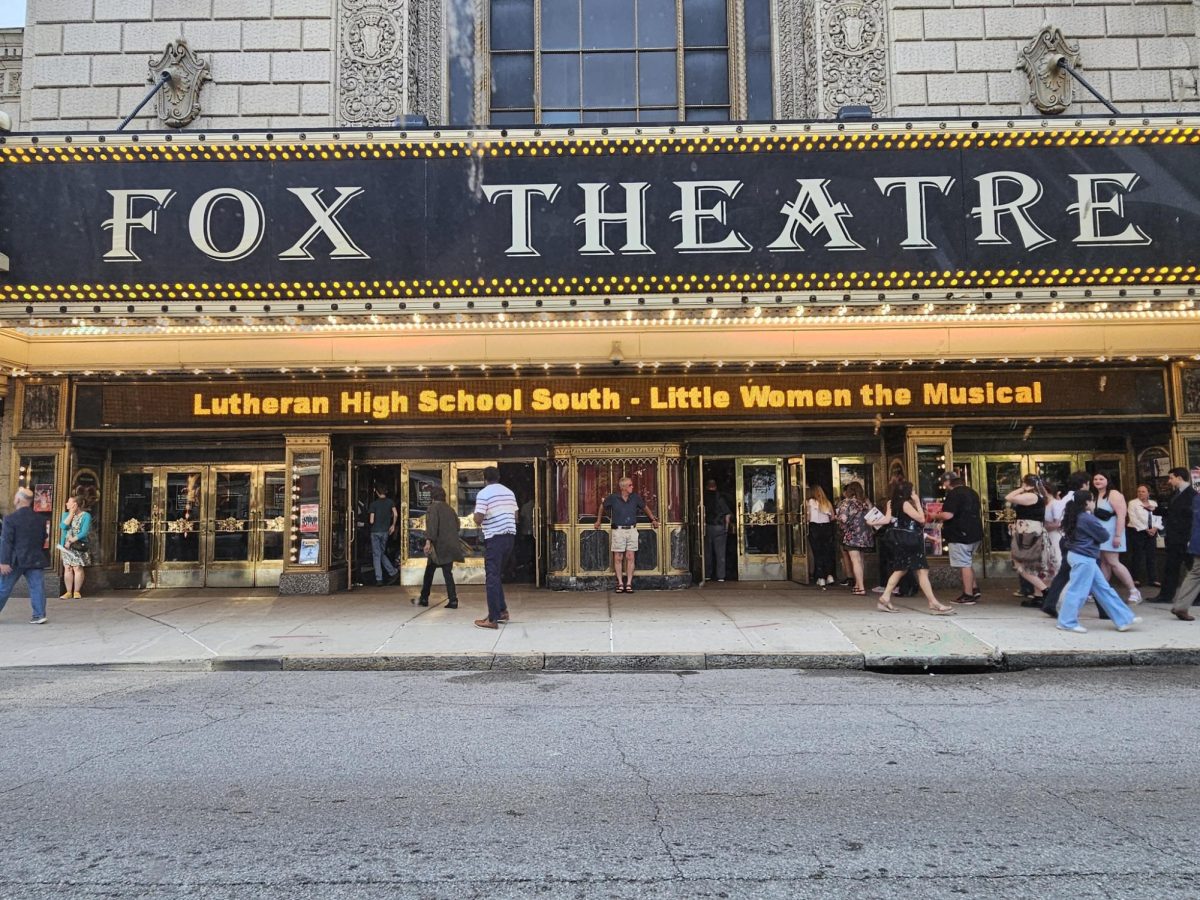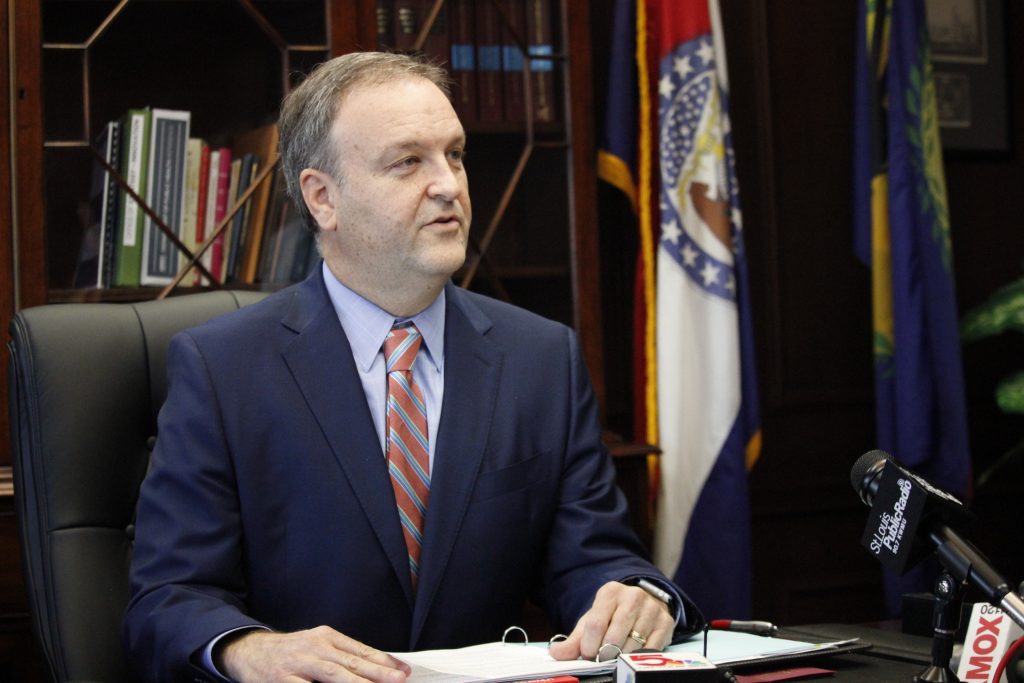Plans to move a historic log cabin from Affton to Crestwood moved ahead as the Crestwood Board of Aldermen approved a letter of intent for the $200,000 relocation plan at a special meeting last week.
The board voted 5-0 with two abstentions March 30 to move forward with possibly moving a historic log cabin to Sappington House.
Ward 1 Alderman Richard Breeding, Ward 2 Alderman Mary Stadter, Ward 4 Alderman Tony Kennedy and Ward 3 Aldermen Greg Hall and Scott Shipley voted in favor. Ward 1 Alderman Mimi Duncan and Ward 2 Alderman Justin Charboneau abstained. Ward 4 Alderman Ismaine Ayouaz was absent.
The letter of intent is nonbinding, but shows the city is still interested in the project. Crestwood has until May 25 to make a final decision whether or
not to move the two-story Joseph Sappington log cabin, built in 1816, from 10734 Clearwater Drive in Affton to Historic Sappington House Park in Crestwood, 1015 S. Sappington Road.
The house must be moved by Aug. 1.
Cabin owner Jim Freund first approached the city in October to offer the house for free, if the city pays to move it to the city-owned property. Joseph Sappington is a likely cousin of Thomas Sappington, whose stately brick house currently serves as the Sappington House Museum.
Phase 1 of the project, relocation, is estimated to cost $200,000, with additional costs to convert the cabin into a public-facing museum during Phase 2. City Administrator Kris Simpson told The Call that some internal cost estimates show total costs exceeding $400,000. The Sappington House Foundation has been fundraising to help with the relocation and transition into museum, and so far has raised $4,305 via an online fundraiser at GoFundMe.
The specifics of how much the city will pay and how much the Sappington House Foundation, the nonprofit that runs the city-owned museum, will be expected to fundraise have not yet been determined.
“When you let knowledge in, great things happen. In this throwaway world, let’s champion this cause and work together to preserve and share history,” said Dyann Dierkes, president of the Sappington House Foundation. “It will set Crestwood up to be a more attractive and endearing community for citizens and businesses alike — a community that just doesn’t simply discard history but embrace it.”
The Crestwood Parks and Recreation Board recommended the relocation Feb. 16, and on March 9, aldermen voted 5-3, with Charboneau, Duncan and Ayouaz opposed, to direct Simpson to research the cost and impact of moving the house ahead of the Aug. 1 moving deadline.
Beyond simply moving the structure, Simpson said contracts would have to be drafted between the city and the Sappington House Foundation to clarify the foundation’s responsibilities in taking care of the Joseph Sappington House, as well as a contract with Freund to record his gifting of the house and absolve the city of any liability if it’s damaged in the move.
“Neither Phase 1 or Phase 2 account for legal fees … and for staff time. … If this were to move forward, it would be a significant commitment of time,” Simpson said March 9. “It is likely it would result in delays of other capital projects already planned for 2021, so that’s something for the board to keep in mind.”
John Sebben, the unopposed candidate for Ward 4 alderman in the April 6 election and fundraising chair for the Sappington foundation, said that the house would likely be within 200 miles in Missouri or Illinois if it went to a private buyer.
“Odds are it will not remain here in St. Louis County. … There’s a 99-percent chance it will become a private residence not open to the public in any shape, way or form,” said Sebben.
The Sappington House Foundation expects yearly maintenance costs on the structure, once it is moved and converted to a public-facing building or museum, to range between $2,400 and $3,400. Unexpected one-time costs such as a new roof could range from $12,000 to $22,000. The estimates do not account for staff or staff time that would be needed to maintain the property. Simpson said that the city currently spends about $10,000 to $12,000 a year on routine maintenance and replacement at other parks, not accounting for labor or grant-funded improvements.
“I can’t make a decision that costs this kind of money without more detail” on topography and utilities, said Duncan March 9. “I think there are drainage problems already present on the site.”
At the time of the earlier March meeting, city officials were unaware that Freund had imposed an April 1 deadline for the city to approve a letter of intent about the property, after which he would pursue other avenues with private buyers. Aldermen and staff were under the impression that their March 9 vote would be sufficient to show Freund they were interested.
When city officials found out about the April 1 deadline, they had to call the special meeting. City Attorney Lisa Stump reviewed the audio and minutes of the March 9 meeting and decided that the board vote at that meeting was not enough to sign a letter of intent.
Charboneau, whose ward includes Sappington House Park, said he felt the city was already going above and beyond to meet Freund’s deadline and did not “deal well with threats.”
“I don’t appreciate being bullied … when the city has already made substantial commitment,” Charboneau said.
Stadter, who shares a ward with Charboneau, said, “This is a lot of money and it’s a big investment, but I think that the benefits … to our city, the ability to save this piece of history … outweigh the risks.”
All but one of the public comments at the special meeting were in favor of the city preserving the Sappington cabin, while former resident Doug Smith warned the city against taking on the project after his experience living in the William Long Log House on Pardee Road.
“I don’t think Crestwood has any idea how much it’s going to cost to actually keep that property up,” said Smith. “I think the taxpayers in Crestwood would be far better off to put that money to some other use, and the reason I say that, there’s a lot to maintain a log cabin. For Crestwood to take it and think that they’re going to be able to do something with it is going to cost a lot of money.”



